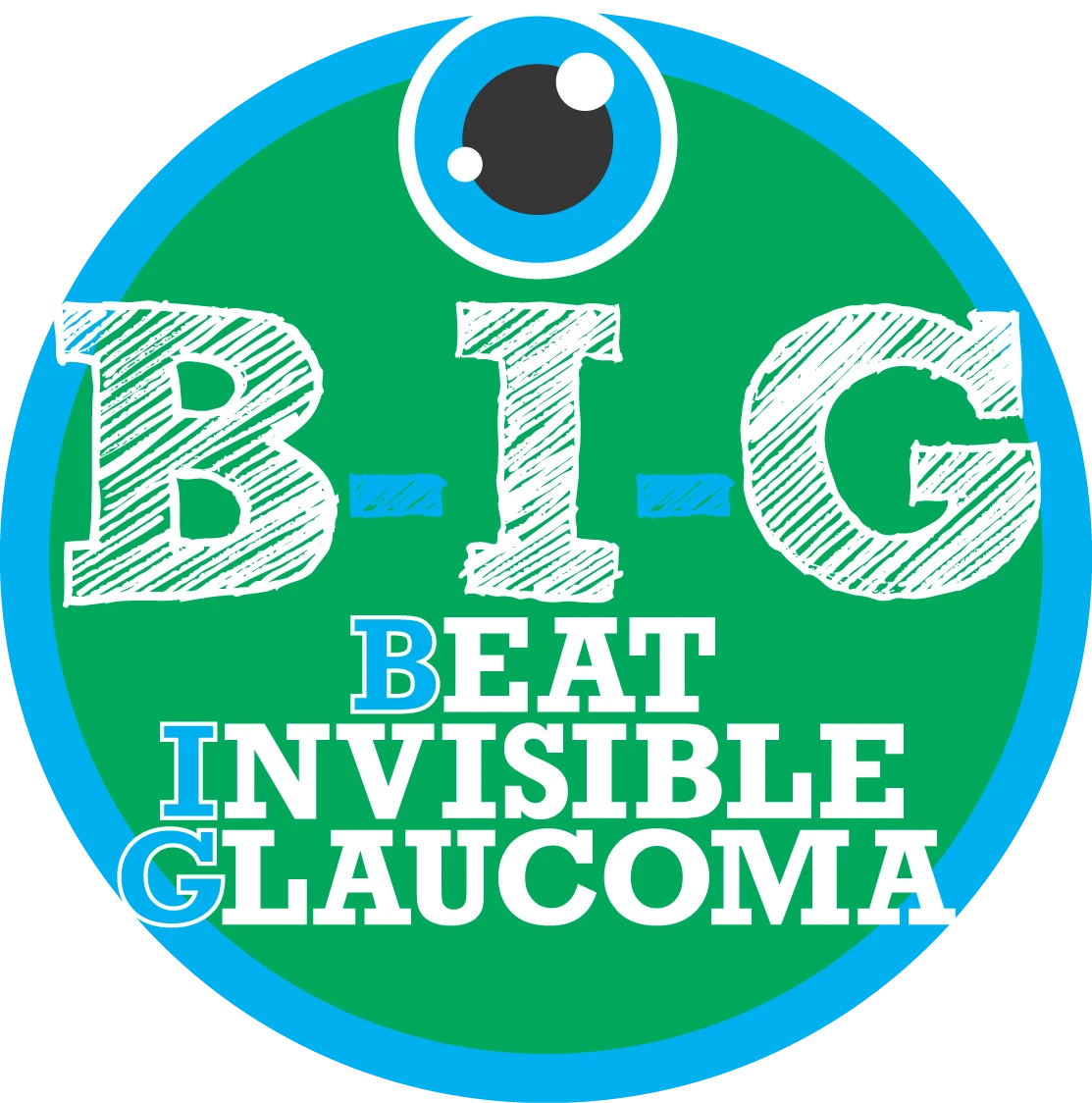Life After Cataract Surgery
personalEYES | 12 Sep 2019

Cataract surgery is increasingly common. Since being invented by Svyatoslav Fyodorov in 1960, the number of surgeries has skyrocketed. According to researchers, Australia has a Cataract Surgery Rate (CSR) of around 6500. This means that around 150 cataract operations are performed each week per million people. Looking at our current population, conservative estimates suggest that Australians undergo 3,300 cataract surgeries per week. Clearly, the surgery is a popular one.
Though most people are aware of the surgery, unless they are personally contemplating it and have spoken to a professional, they may not know how surgery affects the eye, and what the benefits and dangers are. With that in mind, here are some tips about what those who have experienced the surgery are likely to experience.
Open Wide
As a small anaesthetic is used during the surgery, patients are likely to feel a little bit groggy in the hours following. Obviously, the eyes are sensitive and do not operate at their best immediately; as a result, patients are not allowed to drive after being discharged.
Because the clouded lens has been replaced with a synthetic intraocular lens (IOL) the eye has to get used to the foreign object. The newly fixed eyes can be sensitive to light, so doctors will often recommend wearing dark glasses until the eyes adjust. Despite this, doctors usually suggest recommencing normal activities – with the exception of driving – within 24 hours of the surgery. Unlike other invasive operations, the recovery process is reltively quick.
Looking at the World with New Eyes
In most cases, complete physical recovery occurs within a month. During that period and afterwards the brain learns to adapt to operating with the new IOL. Some people experience dry eyes, but this simply treated with eye drops.
Other side effects that some people have to deal with include halos in certain lights, and a susceptibility to glare. Ironically, these are the same disturbances that people with cataracts report. However, a few months after surgery when the brain has got used to the IOL, these issues resolve themselves.
In almost all cases, people report an improved quality of life following the surgery; the frequency with which the surgery is performed is a testament to its safety and success.



